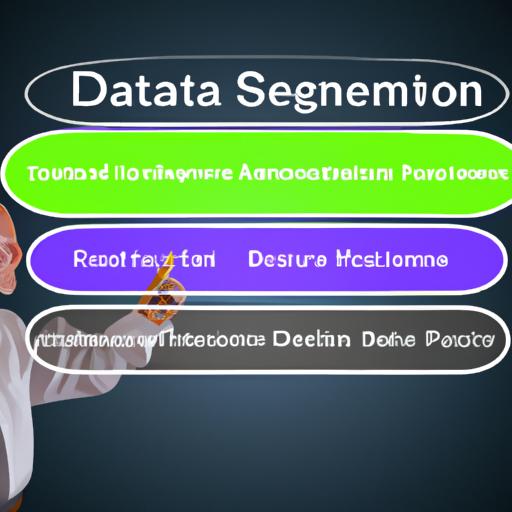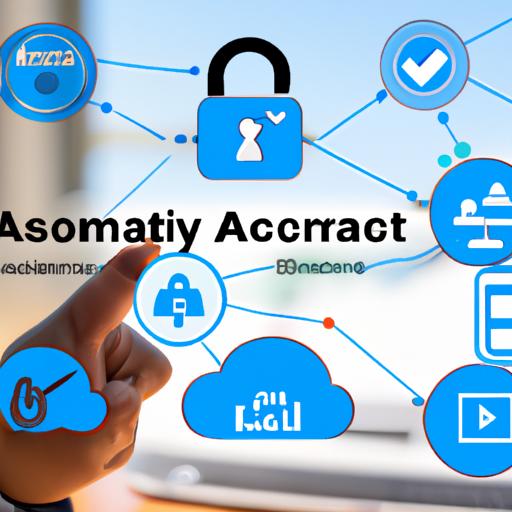If you’re running a business, you know the importance of data. You have data on everything – your customers, your products, your employees, your finances, and much more. But what’s the point of collecting all that data if you don’t have a system in place to manage it? That’s where a data asset management system comes in.
A data asset management system is a software solution that helps you organize, store, and manage your data. It provides a centralized location for all your data, making it easy to access and analyze. With a data asset management system, you can ensure data quality, increase efficiency, make better decisions, and enhance security.
In today’s fast-paced business world, having a data asset management system is crucial. With the amount of data businesses collect, it’s easy to get overwhelmed. But with the right system in place, managing that data becomes a breeze. In the next few sections, we’ll explore the benefits, features, and implementation of a data asset management system.
Benefits of a Data Asset Management System

Categorizing data is essential for efficient data management
A data asset management system offers numerous benefits to businesses of all sizes. Here are some of the key advantages:
Improved Data Quality
One of the most significant benefits of a data asset management system is the improved quality of your data. The system helps you maintain consistent data standards and ensures that data is entered accurately. This results in more reliable data, which leads to better decision-making.
Increased Efficiency
Managing data manually can be time-consuming and prone to errors. A data asset management system streamlines the process, making it more efficient. You can quickly access the data you need, and the system can automate tasks such as data entry, saving you time and reducing the risk of errors.
Better Decision-Making
With a data asset management system, you can analyze your data more effectively. The system provides easy access to your data, and you can use tools such as data visualization to help you make sense of it. This can lead to more informed decision-making and better business outcomes.
Enhanced Security
Data security is critical for businesses, and a data asset management system can help you keep your data safe. The system allows you to control access to your data, and you can set up security protocols to ensure that only authorized personnel can access sensitive information. This helps protect your business from data breaches and cyber attacks.
How to Choose the Right Data Asset Management System

Multi-factor authentication adds an extra layer of security to your data
Choosing the right data asset management system for your business can be a daunting task. There are many factors to consider, including your business needs, scalability, user-friendliness, and integration with other systems. To help you make the right choice, let’s take a closer look at each of these factors.
Evaluate Your Business Needs
Before you start looking for a data asset management system, you need to evaluate your business needs. What kind of data do you have? How much data do you have? How many people will need to access the data? What kind of analysis will you be doing? By answering these questions, you’ll get a better idea of the features and capabilities you need in a data asset management system.
Consider Scalability
As your business grows, so will your data. That’s why it’s important to choose a data asset management system that can scale with your business. Look for a system that can handle large amounts of data and can easily accommodate additional users.
Look for User-Friendly Interfaces
A data asset management system is only useful if people actually use it. That’s why it’s important to choose a system with a user-friendly interface. Look for a system that is easy to navigate and doesn’t require extensive training.
Check for Integration with Other Systems
Finally, make sure the data asset management system you choose integrates with other systems you use. For example, if you use a CRM system, make sure the data asset management system can integrate with it. This will make it easier to access data from other systems and get a more complete picture of your business.
By evaluating your business needs, considering scalability, looking for user-friendly interfaces, and checking for integration with other systems, you’ll be able to choose the right data asset management system for your business.